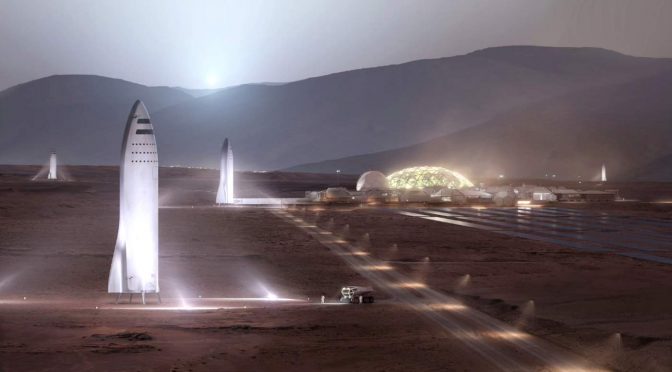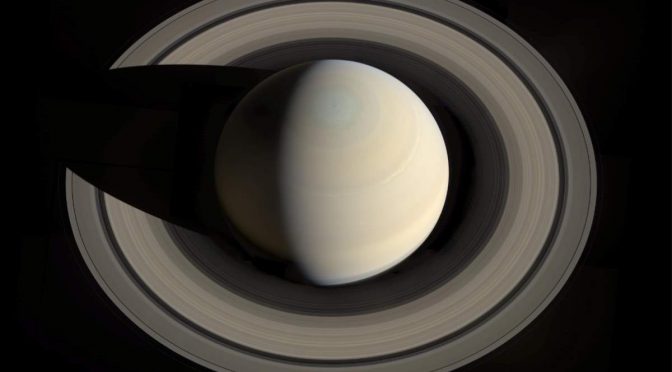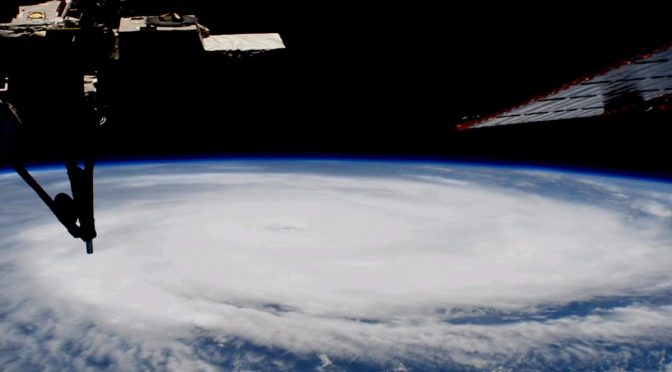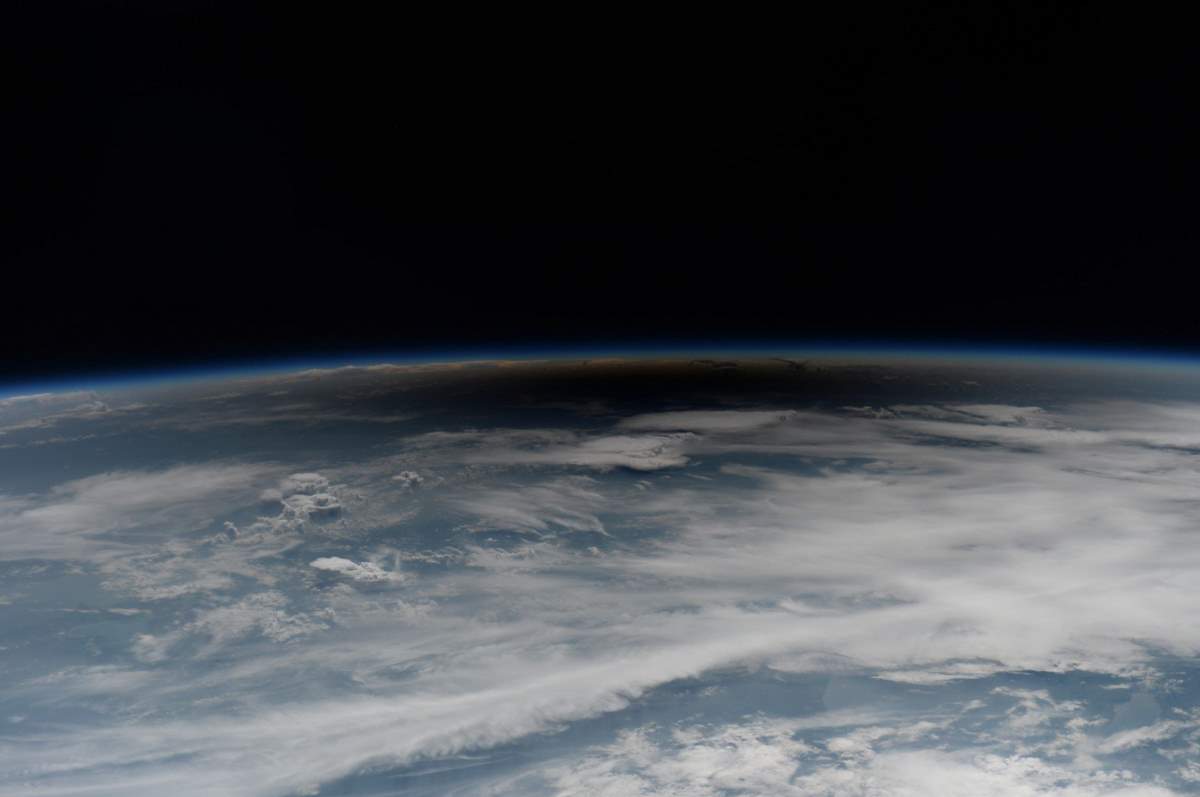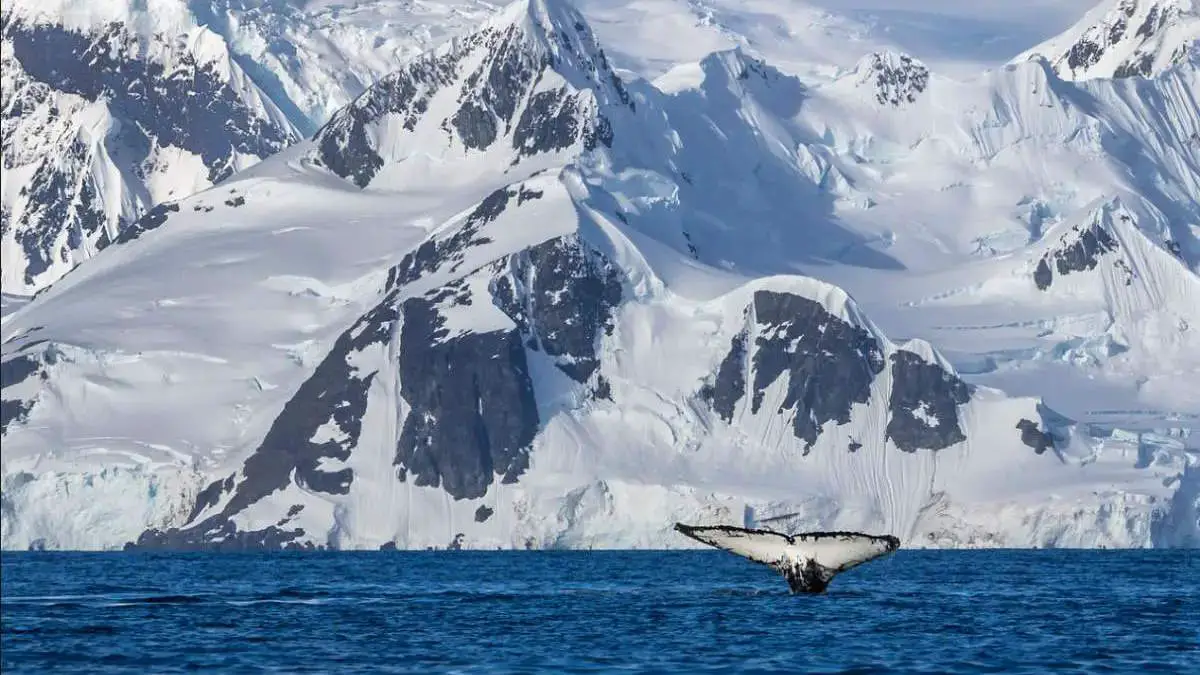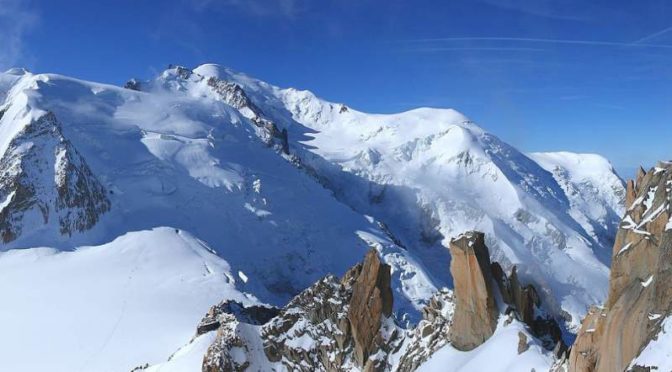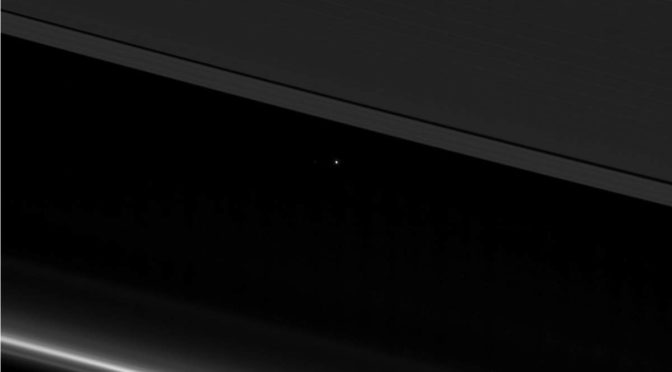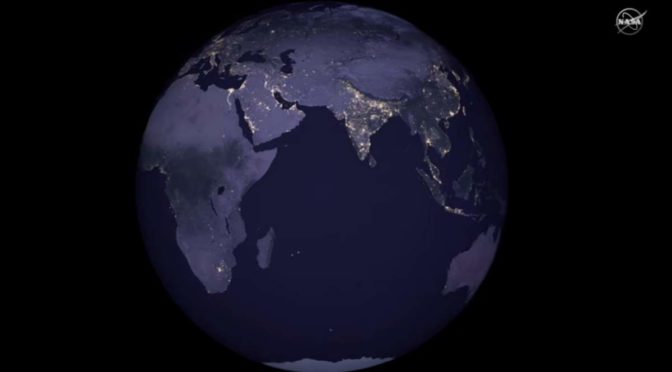The billionaire founder of SpaceX, Elon Musk has revealed a new plan to colonize Moon and Mars with giant reusable spaceships. He provided an update on their Mars colonization plan at the International Astronautical Congress (IAC, see notes 1) in Adelaide, Australia this week. Musk plans to send 1 million people to Mars using BFR (see notes 2), and “making life multiplanetary”. He has highly ambitious plans, like launching and landing at least two uncrewed cargo ships on Mars as early as 2022.
The newly announced BFR is smaller than the one Musk revealed at the same event last year, 106 meters (348 feet) tall and carrying capacity of 150 tonnes compared to the previous design’s 122 meters (400 feet) and 300 tonnes. But, (naturally) it’s way cheaper than the previously announced version, and according to Musk, “lower cost is the biggest update”. And, still, it is more powerful than any of SpaceX’s or NASA’s other planned rockets.
